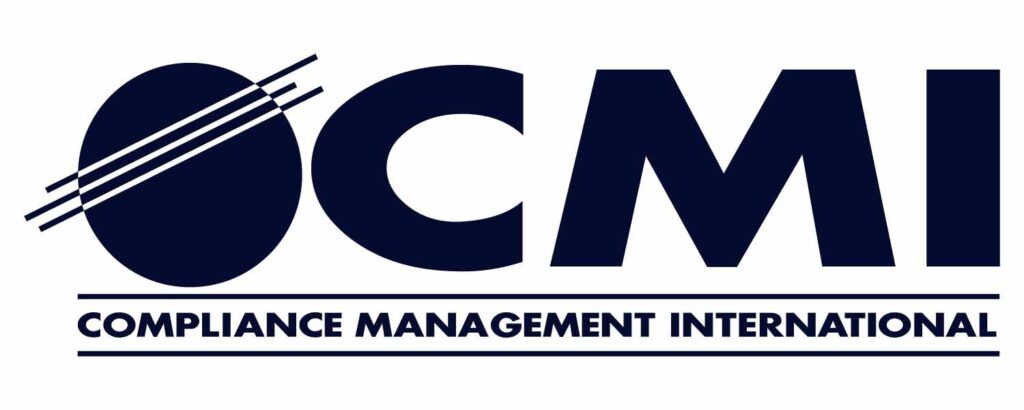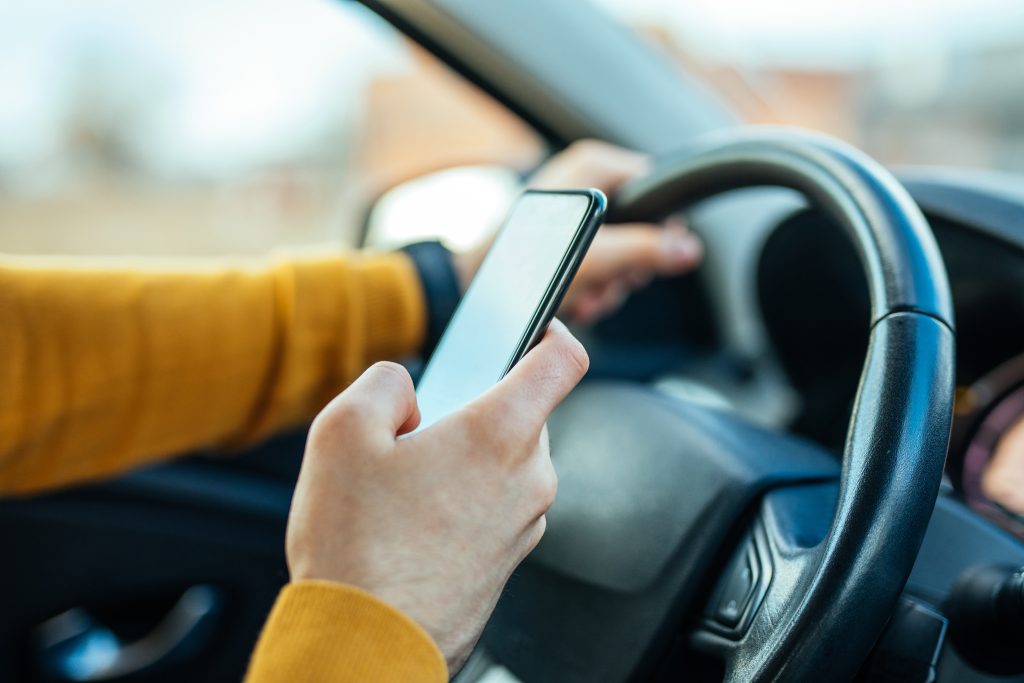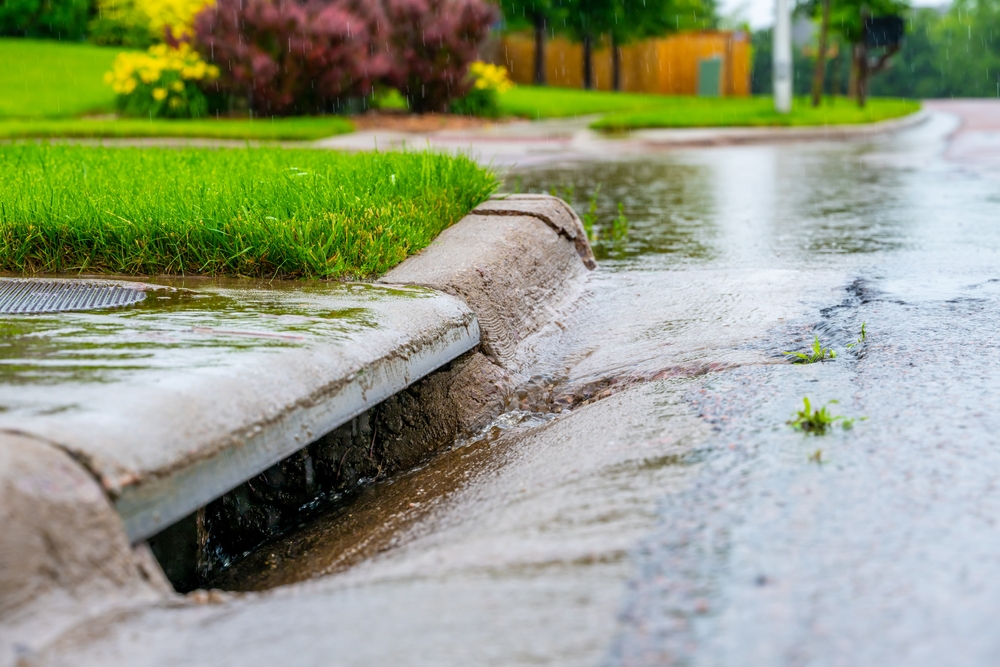Slips, trips, and falls cause many disabling injuries and deaths each year. These usually result from poor housekeeping practices, and can take place anywhere including the office, the construction site, the parking lot or the home. According to the National Institute for Occupational Safety and Health (NIOSH), 27% of the 888,220 non-fatal work injuries resulting in days away from work in 2019 were related to slips, trips, and falls. While many of these injuries were caused by unsafe behaviors, a large number were caused by caused by allowing unsafe conditions that were not corrected after they were identified. All slips, trips and falls are preventable with an effective STF prevention program.
Employers have an obligation to prevent slips, trips, and falls. They can do this by focusing on correcting unsafe conditions, being proactive with inspections to ensure they remain corrected and by educating employees about safe behaviors. The key to addressing slip, trip and fall hazards includes a focus on six program components:
- Create Good Housekeeping Practices: Safety and housekeeping go hand in hand. If a facility’s housekeeping habits are poor, the result will likely be increased injuries, ever-increasing insurance costs and regulatory citations. If an organization’s facilities are noticeably clean and well organized, it is a good indication that the overall safety program is effective as well.
- Establish a housekeeping procedure as part of the daily routine. Understand what needs to be done, who is going to do it and what the specific work area should look like when you are done.
- Assign responsibilities. In order to ensure housekeeping is in good shape, it is necessary to assign a specific person and/or department to clean up each day. It should also be part of everyone’s responsibilities to put things back where they belong.
- Reduce Wet or Slippery Surfaces: The most common surfaces where slip and fall injuries occur include entryways, parking lots and sidewalks (or lack thereof).
- Keep parking lots and sidewalks clean and in good condition.
- Make sure to have effective snow and ice removal processes in place.
- Clean up water or spills immediately, especially in entryways on wet days.
- Have a procedure in place for taking the appropriate action when someone causes or observes a spill.
- Avoid Creating Obstacles in Aisles and Walkways: Injuries can also result from trips caused by obstacles, clutter, materials and equipment in aisles, corridors, entranceways and stairwells.
- Keep all areas, passageways, storerooms and service areas clean and orderly.
- Avoid stringing cords or air hoses across hallways or designated aisles.
- Conduct periodic inspections for slip and trip hazards.
- Create and Maintain Proper Lighting: Poor lighting in the workplace is associated with an increase in accidents.
- Use proper illumination in walkways, staircases, ramps, hallways, basements, construction areas and dock areas.
- Repair fixtures, switches and cords immediately if they malfunction.
- Wear Proper Shoes: Employees are expected to wear sturdy footwear appropriate for the duties of their work task. Good treads and choosing the right shoe for the job are a critical to prevent injuries. Ensure this is part of your new employee training and that supervisors are providing reminders for the footwear expectations of their employees.
- Control Individual Behavior: It’s human nature to be distracted by multiple activities and competing priorities. Being in a hurry will result in walking too fast or running, which increases the chances of a slip, trip or fall. Taking shortcuts, not watching where one is going, using a cell phone, carrying materials which obstruct vision, wearing sunglasses in low-light areas, not using designated walkways and speed are common factors in many on-the-job injuries. Provide training and feedback to ensure employees understand the proper behaviors while walking around the facility.
If you would like more information about how to implement an effective Slip, Trip and Fall Prevention program, please contact us at cmi@complianceplace.com.
Written by Jennifer Chupalio, ASP, Associate Health and Safety Specialist, Health and Safety Services



